Failed nonoperative management supracondylar humerus fracture
Score and Comment on this Case
Clinical Details
Clinical and radiological findings: This case is a geriatric Alzheimer's patient who sustained a non displaced supracondylar humerus fracture in a low energy domestic fall. He he was initially immobilised in an above arm splint and and later allowed non weight bearing mobilisation of the arm with which he was likely non-compliant. He represented around 6 weeks post injury with ongoing pain and crepitus at the injury site.
Preoperative Plan
Planning remarks:
Surgical Discussion
Operative remarks:This this was done prone on a radio translucent operating table the arm positioned to the side of the patient with the elbow flexed 90 degrees over a small support attached to the table. We developed medial and lateral para tricipital windows and divided fibrous callus and interposed soft tissue from the fracture gap. Debridement of the fragment surfaces was performed followed by preliminary stabilisation with K wires before compression of the fracture using sharp reduction forceps. The application of 90/90 plates was also done using dynamic compression to achieve further fracture compression screw fixation. The patient went on to unremarkable bony Union despite continuing non-compliance in the post-operative period.
Search for Related Literature

Dr Ed Oates
- Germany , Schleswig Holstein
- Area of Specialty - General Trauma
- Position - Specialist Consultant

Industry Sponsership
contact us for advertising opportunities
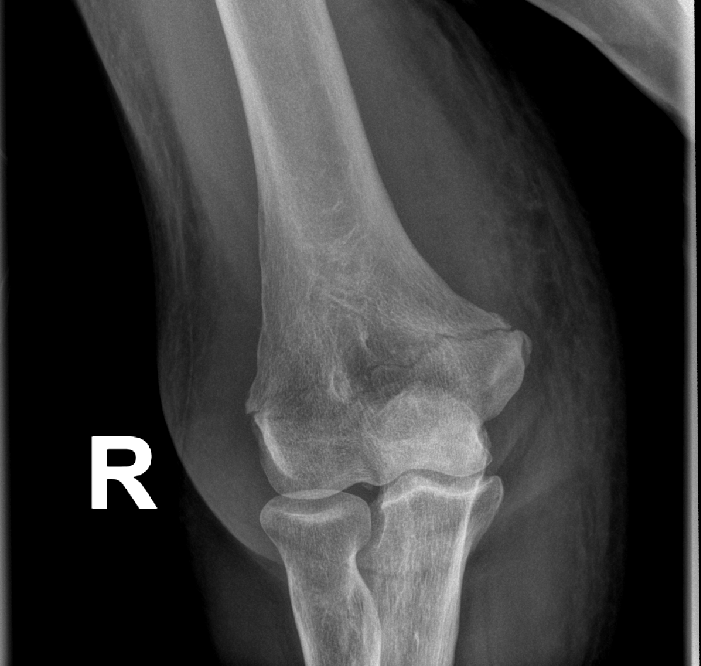
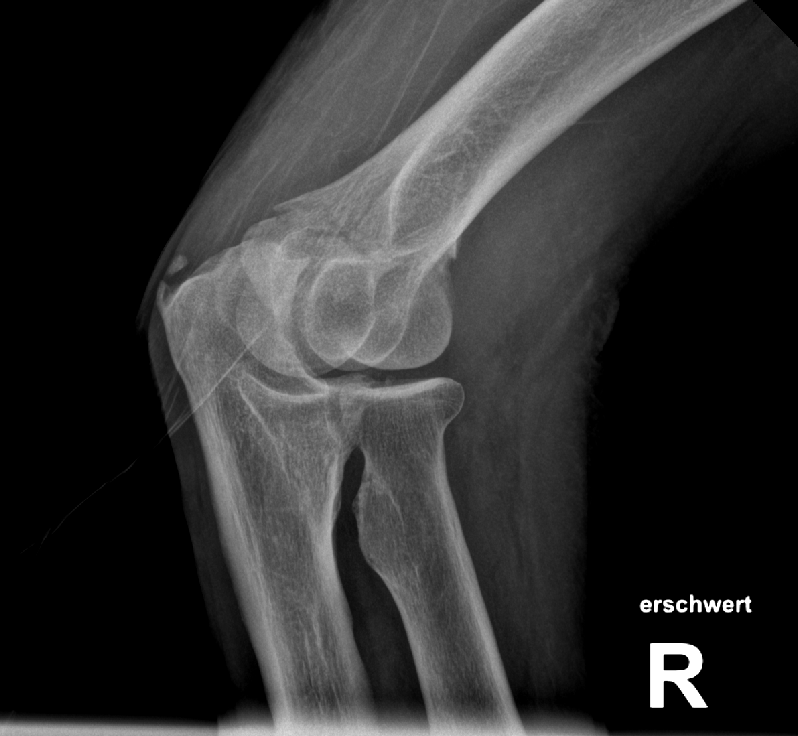
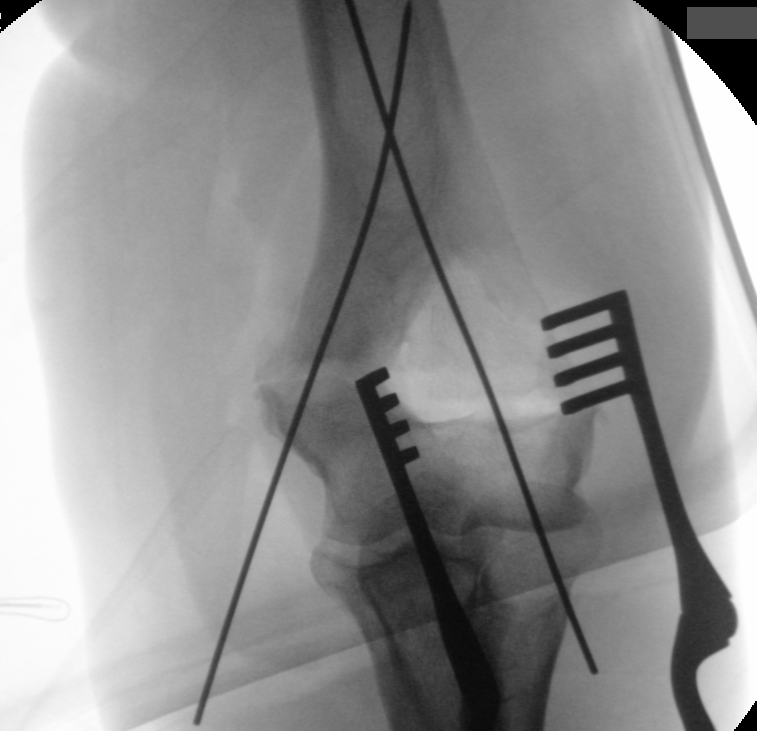
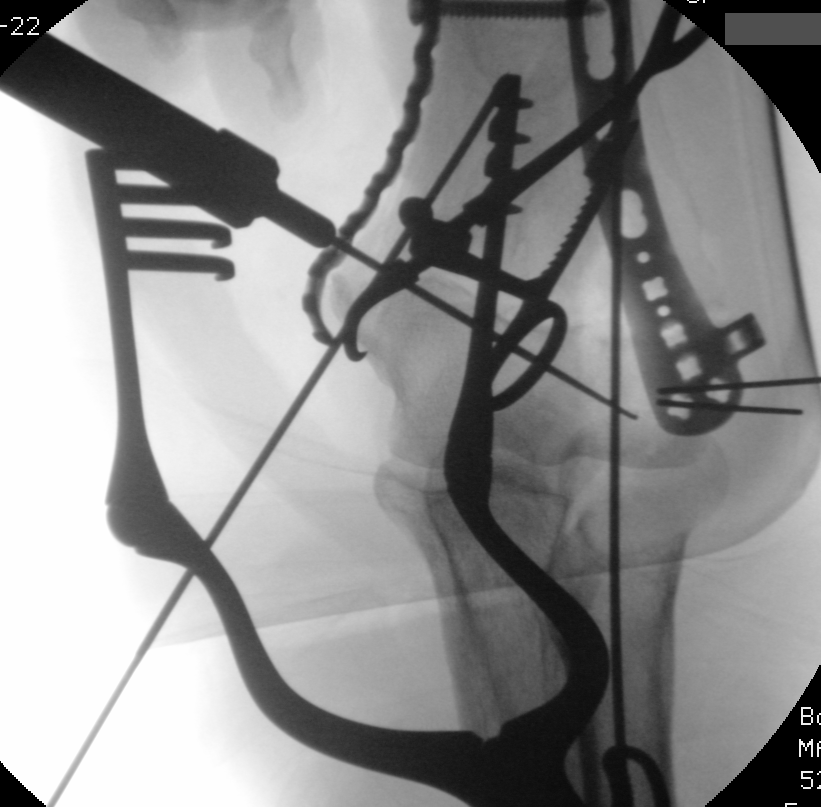
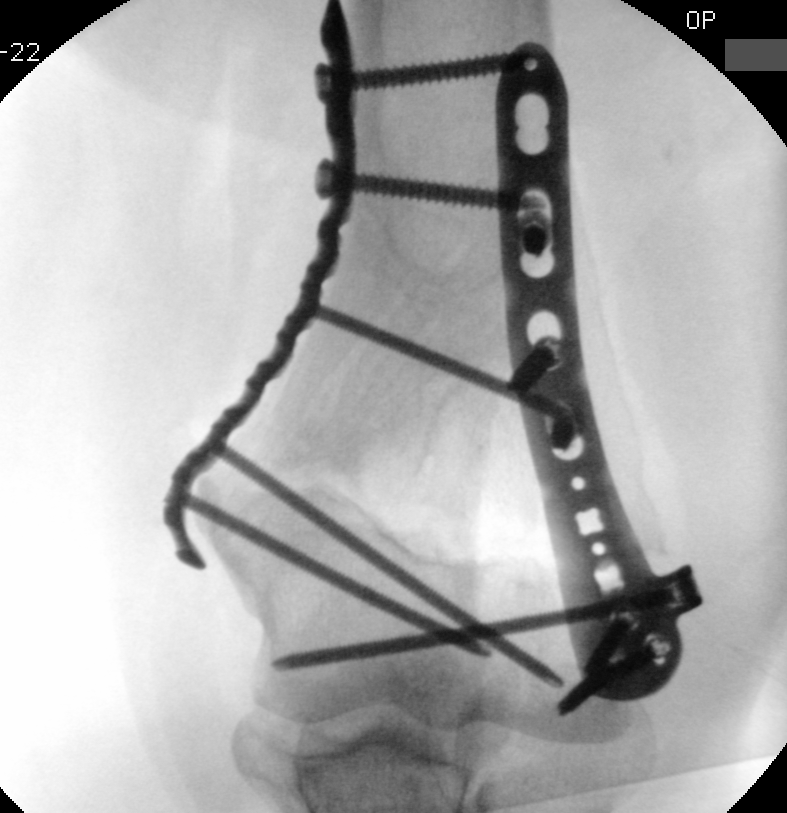
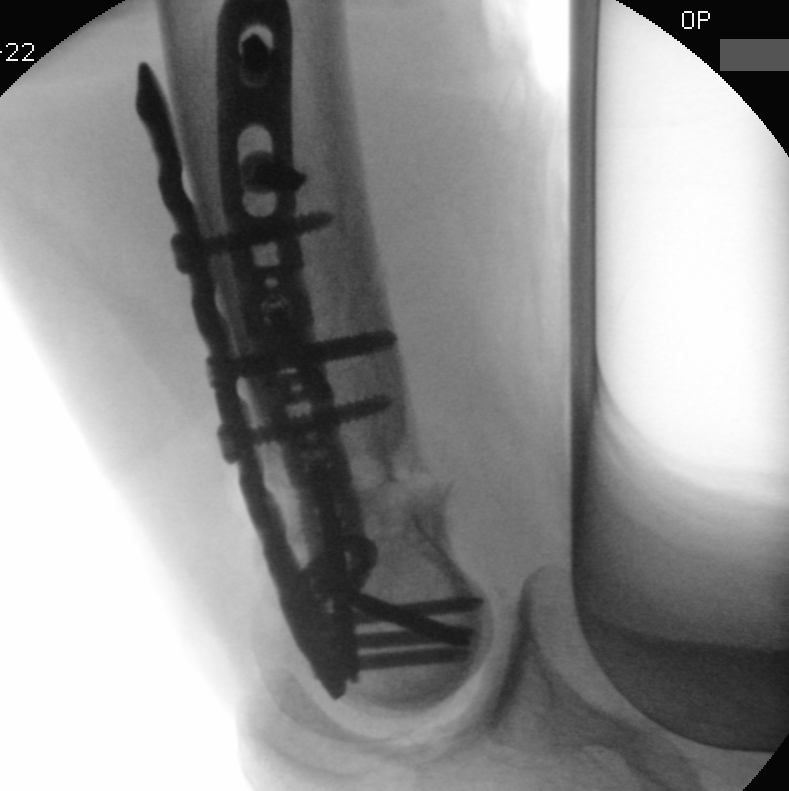
Article viewed 636 times
03 Jun 2022
Add to Bookmarks
Full Citation
Cite this article:
Oates, E.J. (2022). Failed nonoperative management supracondylar humerus fracture. Journal of Orthopaedic Surgery and Traumatology. Case Report 32208669 Published Online Jun 03 2022.